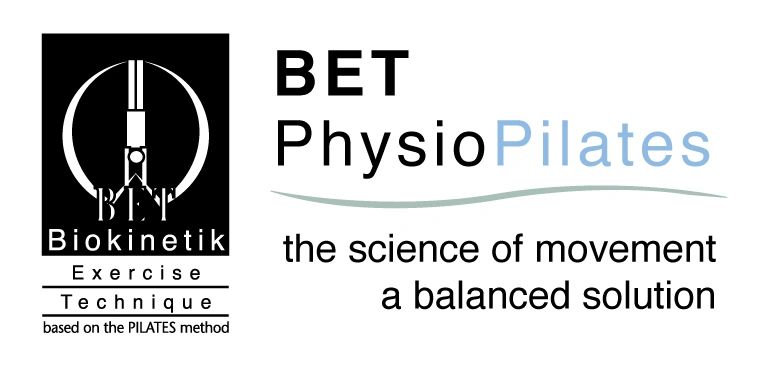
Abdominals. Friend or Foe? And, I Have More Than One Abdominal!
Every day in my clinic I teach clients about abdominal muscles. Very few people realise the extent of the architecture in our abdominal area. Most people assume we have only one abdominal muscle, the strength of which is indicated by the presence of a 6 – pack or the ability to 100 sit-ups or crunches.
How strong the 6-pack / sit-up muscle is has very little to do with true strength and has almost nothing to do with support for the spine, and in fact when too strong it can overpower deeper, more functionally important muscles.
It is always a surprise to my patients to discover that we have in fact 4 layers of abdominal muscles:
- transversus abdominis: This is the deepest abdominal muscle. It attaches to the pelvis bones, the rib bones and runs horizontally like a corset across the front of the trunk and even reaches around to the back of the pelvis.
- internal oblique: this is the second deepest layer of abdominal muscles running on top of the transversus – some fibres running horizontally and some running diagonally from the pelvis up to the ribs
- external oblique: this is the third and more superficial layer also running obliquely but in the opposite direction of the internal oblique from the ribs down to the pelvis
- rectus abdominis: This is the 6-pack muscle and runs the most superficially down the centre of the tummy
All of the abdominal muscles layer one on top of the other weaving a meshwork of architecture at our fronts and providing support for our organs and spines. Each layer has a different way of functioning that cannot all be trained together with traditional sit-ups and crunches. It is the deeper layers that provide the important background support for our posture.
This layering requires a more technical, intentional and mindful approach to their training rehabilitation.
